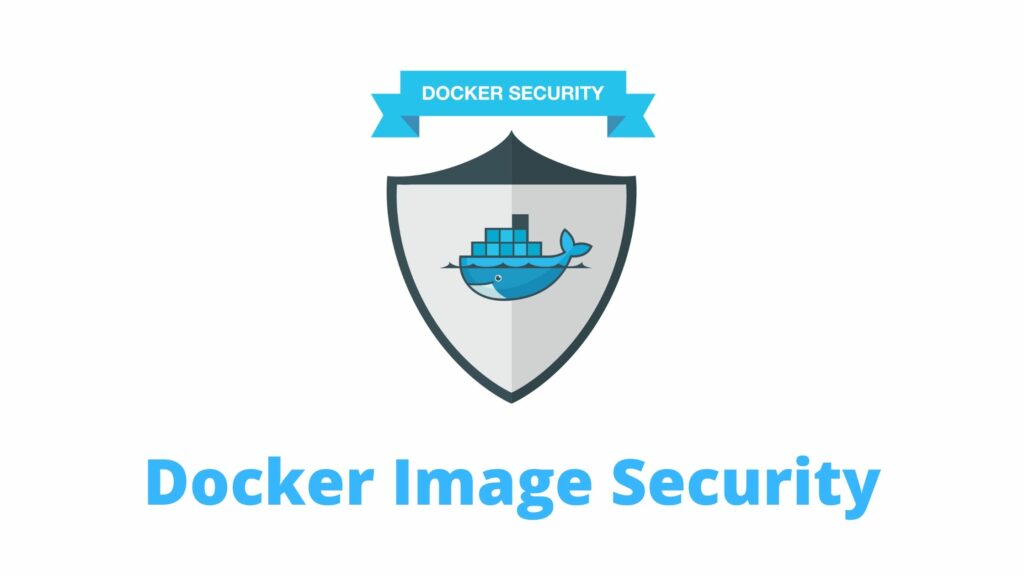Web developers require a streamlined set of strategies to optimize the security of containerized Docker image security. When you create a computer program, you need to place a strong emphasis on security. As more development teams begin using Docker to build sophisticated software programs, the need for reliable image security is imminent. Optimized Docker security guarantees the efficient performance, compliance, and standards of your software program. When properly configured, secure Docker images have the ability to transform your software development practices. Read on to learn about how to optimize containerized image security.
Recommended: How To Add A Private Registry To Your Docker Hub?

Contents
Tips to Optimize Containerized Docker Image Security
Verify Docker Images
In order to optimize your containerized image security, you need to verify your Docker images. When images are not verified, you risk being exposed to arbitrary Docker images. These images often do not have authors’ or origins that are adequately verified. Verifying images guarantees their authenticity, and therefore their usability on your program. Before you pull images in, be sure to test them every time regardless of policy. When properly integrated, the top Docker technology increases productivity for your entire development team. In order to enhance the security of your Docker images, be sure to verify all images as you pull them in.
Secure Container Registries
You need to secure your container registries in order to protect your Docker images. Reliable container registries are one of the main reasons that Docker is so popular and powerful. Container registries simplify the process for modern development teams to configure central repositories. Once properly configured, these repositories are essential to install and manage various Docker containerized images.
In order to enhance your image security, you need to install a reliable, comprehensive, and advanced container registry. A secure container registry via a platform like JFrog serves as a single access point to manage and organize your Docker images. Accessing these registries provides you with effective, consistent access to build your Docker ecosystem. In order to enhance your containerized Docker image security, you need to select secure container registries.
Monitor Open Source Vulnerabilities
You need to monitor your open source vulnerabilities in order to enhance your Docker image security. Throughout program development, you need to constantly look to find, fix, and monitor for potential vulnerabilities. When you select an image for a Docker container, you are accepting all the security threats the base comes with. Luckily, there are several commands to scan Docker images for potential vulnerabilities. At the same time, there are a number of available commands that monitor an image for potential threats. Then, as soon as new potential threats are found, you will immediately receive remediation suggestions. These protective features can largely protect against major causes of significant data loss. In order to enhance the security surrounding your Docker image management, you need to consistently monitor for open source vulnerabilities.
Recommended: Hacks to Improve the Efficiency of DevOps
Practice With Multi-Stage Builds
Development teams looking to enhance the security surrounding their Docker images should practice programming with multi-stage builds. Throughout building these programs, you can leverage Docker and container community support. With this, you can manage code throughout an intermediate layer. This access allows you the ability to expedite software releases while simultaneously reducing your development risk. With multi-stage builds, you have the capability to install backups, work on remote copies, or have separate versions installed elsewhere. This allows you to always have a digital image backup encase a fatal error occurs. In order to enhance your Docker image security, experienced software programmers need to practice with multi-stage builds.
Work With Metadata Labels
Metadata labels are essential to enhance the security of your containerized Docker images. Docker labels provide you the needed metadata for the specific image you are building. Metadata provides a user-friendly description for how to use a specific image. Add whatever metadata is relevant and important to your development team. This makes information simpler to find, access, and adjust whenever needed. Increased accessibility enhances security across your development team. If specific containers experience issues or external threats, they can be immediately located through relevant metadata. In order to add secure metadata to your image, you can simply use a Docker ‘Label’ command. Work with metadata labels in order to enhance the security of your Docker images.
There are dozens of practices to enhance Docker image security for modern web development teams. One of the simplest strategies to launch is to frequently verify Docker images. Modern development teams also need to select secure container registries to manage their repositories. At the same time, you need to constantly look to find, fix, and monitor for various open source vulnerabilities. Development teams should practice with multi-stage builds in order to decrease security risks. Furthermore, they should work with metadata labels to reduce your associated security risks. Consider the points mentioned above to learn about how to optimize containerized image security.
